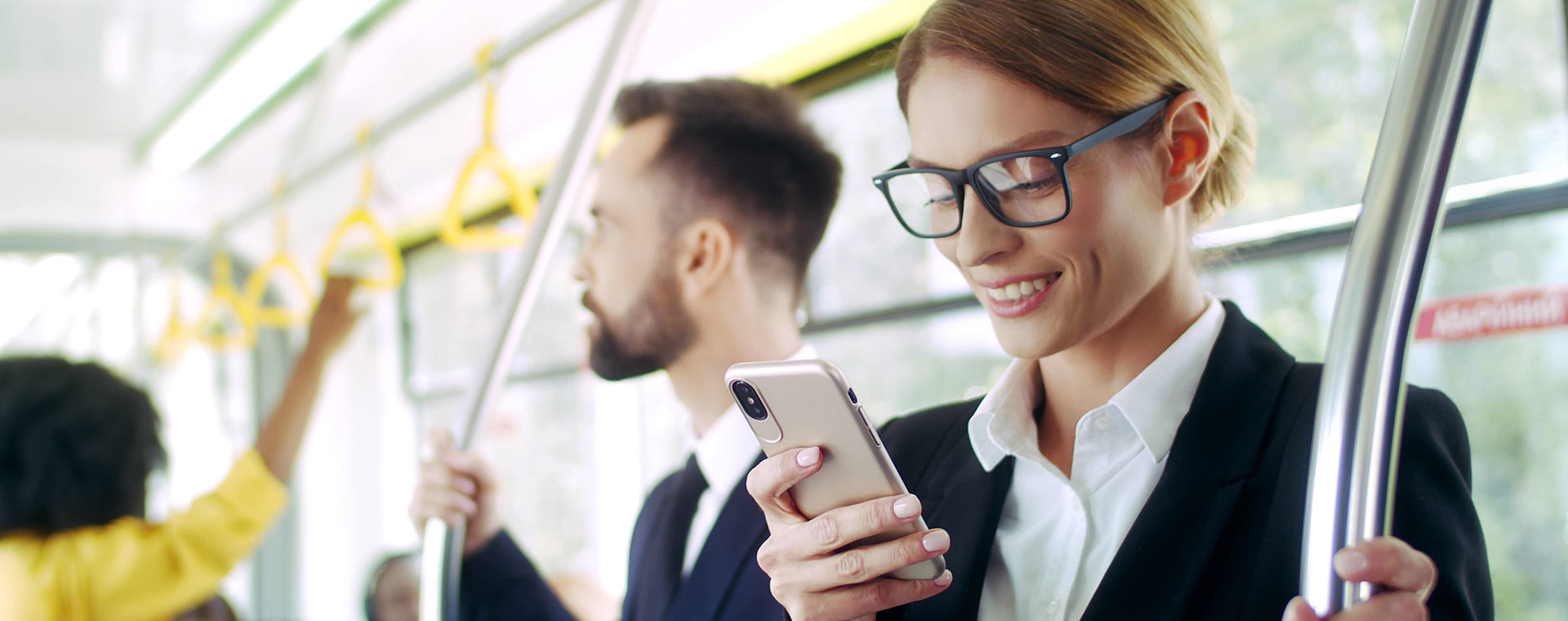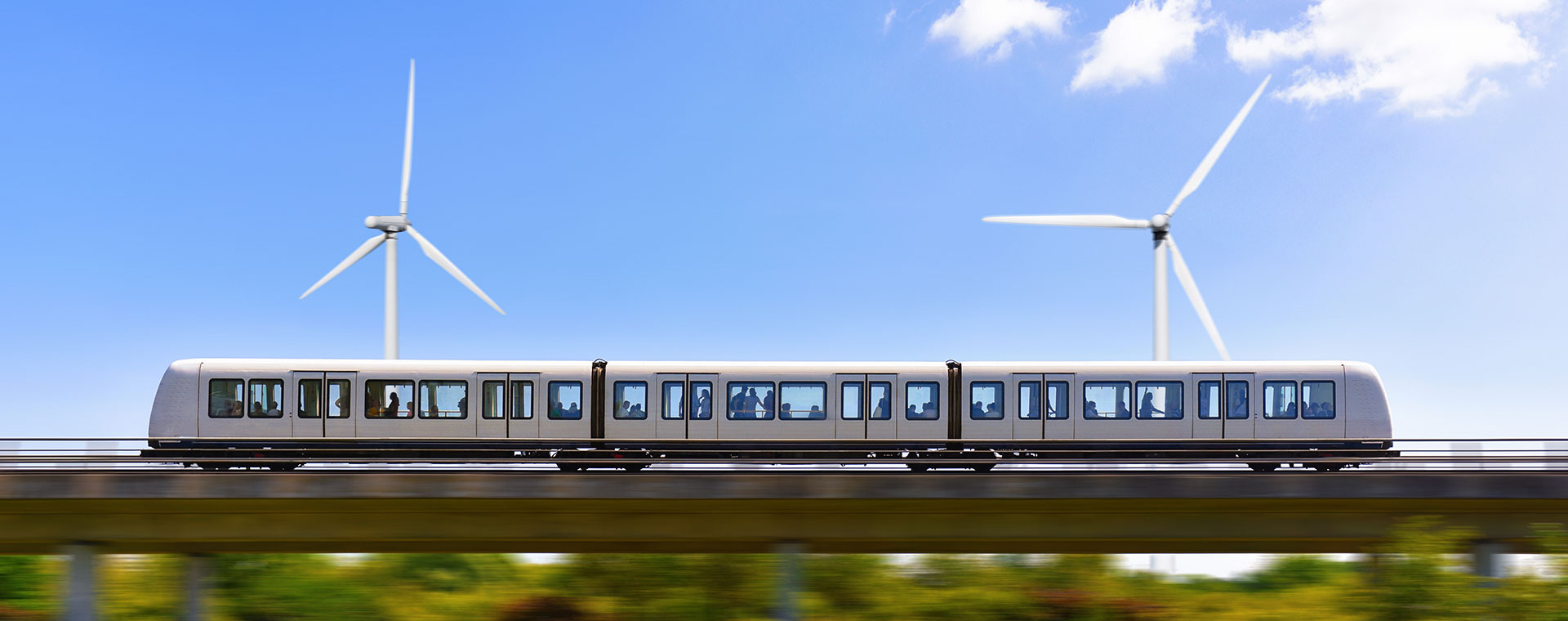Interview
Design
How can we reinvent mobility?
-
Arnaud Passalacqua
Professor at the Paris School of Urban Planning

Reinventing mobility: Arnaud Passalacqua, Professor at the Paris School of Urban Planning, shares his ideas.
How can we reinvent mobility ?
You can't think about mobility for its own sake. You have to think in terms of what people need, in terms of accessibility. That's why it's an important sector to work on.
How can cities adapt to the climate crisis ?
The industrial city is a city of networks: those built in the 19th century, such as gas, lighting and water networks. Then came mobility networks: the horse-drawn carriage, then public transport, and finally the car, which found its place and built its own networks. The crisis we're experiencing is that of the industrial city as a city of networks. Working on the relationship to mobility is one way of reinventing mobility.
Can mobility be part of the solution ?
The car is not entirely responsible for everything. It has made it possible to share the fruits of growth. It's not a question of demonizing objects, just of recognizing what we've built. Today, our urban model is outdated, and there's a strong need for a paradigm shift. We need to find a new urban model by improving spatial planning, and we need to reinvent it collectively.
-
 Insights
Desirability
Insights
Desirability
How can we make local transport more attractive?
Karen Vancluysen, General secretary of the Polis network
Transport challenges have become increasingly urgent, encompassing concerns about pollution, noise, air quality, and the looming threat of climate change. -
 Interview
Pollution
Interview
Pollution
Can mobility be pollution-free?
Weyland Aymeric, Consultant Urban Mobility
-
 Interview
Desirability
Interview
Desirability
How to make local transport more attractive?
Susanne Eliasson, Co-founder & Architect GRAU (Good reasons to afford urbanism)
-
 Interview
Competitive tendering
Interview
Competitive tendering
Why and how does competitive tendering drive improvements in mobility?
Probst Laurent, Managing Director of île-de-France Mobilités
-
 Interview
Climate
Interview
Climate
Does climate action mean less mobility?
Mallet Thierry, Chairman and Group Chief, Executive Officer of Transdev


